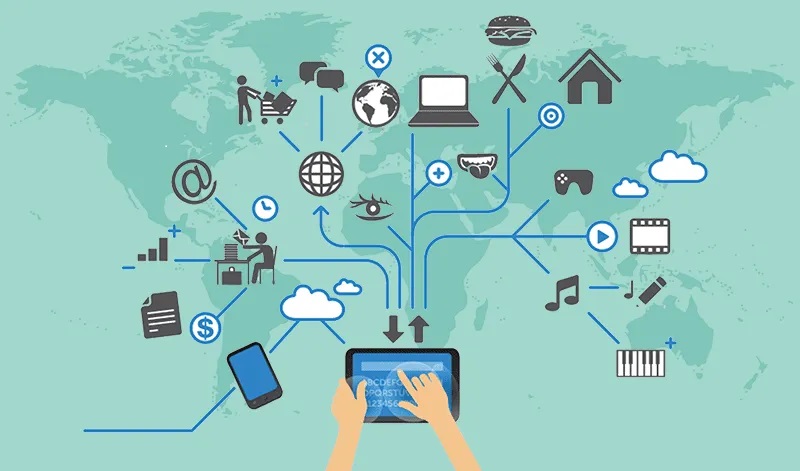
Part 1
September 3, 2023
by Charles Miller
Two weeks ago I promised to share some specific suggestions for how to mitigate the security risks inherent in connecting IoT (Internet of Things) devices to your home Wi-Fi network. It is an inconvenient truth that many of these IoT devices were not designed with security in mind and few of the manufacturers provide any way to update the devices if vulnerabilities are discovered. Connecting IoT devices to your home network all too often results in serious security issues.
So the situation we have to deal with today is that consumers want the convenience that comes from connecting IoT devices such as security cameras, garage door openers, light bulbs, and various appliances to the internet in spite of the possible risks. There are now millions if not billions of such devices online, many of which are insecure and will never be updated to protect their owners. These IoT devices will forever remain insecure, but there are at least three options for protecting yourself from being attacked by cybercrooks attacking via your own network.
The first and costliest option would be to have two separate and independent home Wi-Fi networks; one that is secure and another insecure network to which the IoT devices are all connected. The secure Wi-Fi is the one you then use for your private communications, online banking, etc. Manufacturers of wireless routers are already selling models that incorporate two Wi-Fi routers in one piece of hardware so purchasing this is often the most practical way to setup two Wi-Fi networks.
A second option is to subscribe to a Virtual Private Network (VPN) service and to use that VPN installed on your computers and/or smart phones. If you ever use public Wi-Fi when away from home you should already be using a VPN to protect your email, banking, etc. Having a VPN allows you to treat your home network as an unsafe environment while continuing to use it with your phone/computer protected by the VPN.
And a third option that is free is to simply reduce your number of attack vectors. To do that, just ask yourself if you really need to have your new “smart” thermostat connected to the internet. Do you really need to be able to use your smart phone to control the thermostat? Is it that much trouble to get up out of your chair to adjust the heater or air conditioner? Repeat for each of the IoT devices you have connected in your home. You may decide that having your cat's litter box connected to Wi-Fi so it can email you notice that kitty did their business is not worth the risk of that system being hacked by cybercrooks who then might gain access to your online banking.
In the case of online banking it is imperative for you to assume responsibility for protecting your home internet connection from cybercrooks. Unlike with credit cards that protect you against loss, bank accounts are governed by a different body of laws. If you lose funds from your bank account that loss is often on you and not the bank. So before connecting more IoT devices to your home Wi-Fi please proceed with caution.
**************

Charles Miller is a freelance computer consultant with decades of IT experience and a Texan with a lifetime love for Mexico. The opinions expressed are his own. He may be contacted at 415-101-8528 or email FAQ8 (at) SMAguru.com.
**************
*****
Please contribute to Lokkal,
SMA's online collective:
 ***
***
Discover Lokkal:
Watch the two-minute video below.
Then, just below that, scroll down SMA's Community Wall.
Mission

Visit SMA's Social Network
Contact / Contactar

